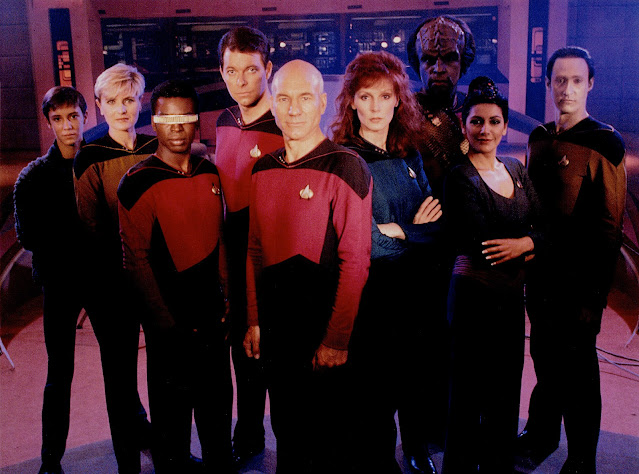Although The Elder Scrolls V: Skyrim has been available since the end of 2011, I didn't bother picking up a copy of the game until the end of last year*. And even then, I didn't start playing it right away - after all, I'd already played Fallout 3, which was also produced by the game developers at Bethesda, and as such I assumed it would just be a fantasy version of the same game.
Which is in many ways correct, but in saying that I do an enormous injustice to Skyrim and the unique, detailed environment that it offers to its players. Fallout 3's blasted nuclear landscape was impressive, but Skyrim is astonishing in its evocation of the real world.
Driftwood, fallen hollow trees that have started to rot and grow moss, flickering torches, stumps from cutting timber, cloudy days, skiffs of dry snow blowing off the cobbled roads, textured slabs of stone in a city square, the Northern Lights flaring against the night sky, the shadow of a circling hawk rippling over the ground below, ferns at the side of the roadway, that peculiar greyish colour that snow gets when it's been trodden down into a path, the white noise of a waterfall as you pass by, the glint of light on the rippling surface of a lake, tattered banners fluttering against stone columns, grass swaying in the wind, worn grey logs in a makeshift bridge, curtains of rain sweeping across the heather, and on and on and on.
I did over 250 screen grabs for this posting - at which point I told myself to settle down - but that number is indicative of the sheer variety of the world that the game designers have created. The template I use for this blog doesn't support galleries or tables, so I built something in HTML that would let me post some kind of representative sample of those hundreds of images in an attempt to illustrate just how amazing and varied the environment actually is.
If you take the time to click on any of the thumbnails for the full size image, remember that these views of the Nordic province of Skyrim are all taken from within the game as I played it - this is the actual environment that the player experiences as they battle dragons and complete quests in the process of discovering their destiny as one of the Dovahkiin - the Dragonborn. My character** has walked all these paths, climbed these hills, crossed these rivers, entered these houses.
I have to admit that it's not perfect. Skyrim spans hundreds of virtual miles, and when you're filling that much territory, something has to give or else players would need the sort of computing power that the Enterprise uses for the holodeck just in order to get the game to run. A close look at the trees and stones reveals that they're actually not that detailed, and there's apparently some Nord equivalent of IKEA™ that supplies furniture in bulk to the inhabitants of Skyrim, based on the similarities of beds and tables and chairs and so on.
But ultimately, none of that matters when you're playing the game - it's a seamless, incredible illusion.
Of course, when you have that much going on in a program, mistakes do happen, as per my discovery of the rear half of a horse sticking out of the battlements of a captured fort. At least I hope it's a mistake - either that or the game is making a very pointed comment about my gameplay.
Steam™, the online game hosting and management system from Valve which has changed the face of desktop gaming since its introduction in 2002, informs me that so far I've spent 99 hours wandering the varied landscape of Skyrim. When you think about it, that's an impressive endorsement of the value of the game. Skyrim cost me $29.99, which is more or less twice the cost of a two-hour 3-D movie, and it's provided me with almost 100 hours of entertainment - and I'm not finished. That's a pretty good return on investment for thirty bucks.
*If you want to buy a computer game at half-price, all you have to do is wait about six months. Not only do you save money, but other people get to test it, deal with the bugs, and let you know whether or not it's actually worth buying.
** My character is named Yendis, which has about the right sound for a fantasy game, and has been a convenient go-to for my fantasy alter egos since I was about ten.
P.S. Oh, and this is Lydia.
On one hand, Lyds has saved my life on innumerable occasions; on the other hand, if you're looking for someone to jump in front of you at the exact moment that you fire an arrow, charge ahead and attack a giant when you've decided to take the long way round and avoid a fight, or just stand in a doorway and keep you from getting out of a tent for ten minutes while you try to figure out how to get her to move, Lyds is your girl.














































